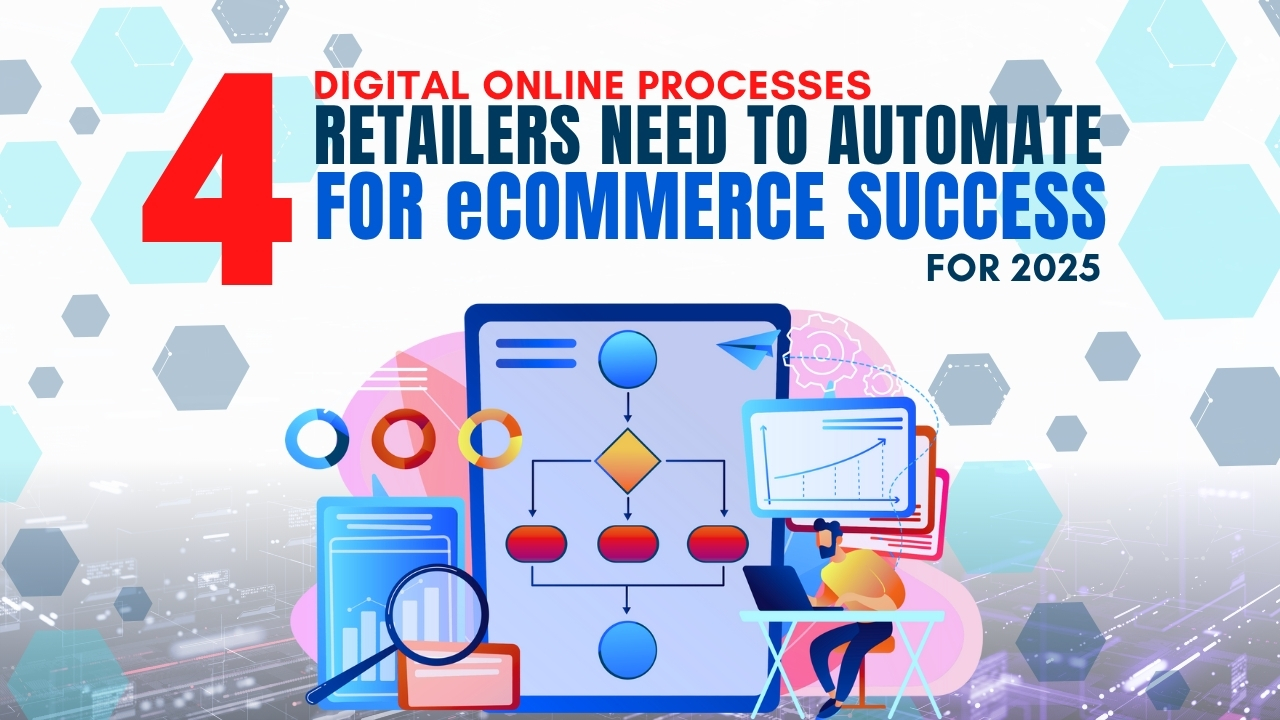Blog
Segmenting Email Marketing Automation Database Targets for Success
April 7, 2017 / 4 minute read / By Michele Salerno

Blog

Kicking off a new email marketing campaign with a new list is exciting, but the first message is often the riskiest. Sending the wrong email can make customers hit “unsubscribe” faster than you can say “marketing automation.”
Here’s the secret: tread carefully.
If you followed our email list-building tips, you have some insights about your targets. But for those of you who don’t have at least six months of data, you’re shooting in the air.
Don’t try to segment too soon – people can sense generic email blasts from a mile away.
So, how do you make a great first impression?
Offer a sweet welcome gift. A $5 coupon, free shipping, or something relevant to your brand will show you appreciate them joining the community. Most people won’t ignore discounts, even if they don’t use them right away.
The good news? This first email is your data pool. Every click, open rate, and purchase tells you more about your customers. Then, you can segment like a pro, crafting targeted campaigns that resonate with your customers’ unique interests and needs.
Remember, start with a warm welcome and let the data guide your segmentation journey. Your customers will thank you for it, and your marketing efforts will soar!
Segmenting your customers effectively isn’t about making guesses, it’s about understanding their unique needs. Using raw demographic data alone can be a blurry mirror, leading to off-target messages and frustrated customers.
To help address that, think of your customers as unique individuals with evolving needs and preferences. The key to unlocking powerful segmentation lies in understanding their behaviors.
Integrate your marketing automation with your POS and eCommerce platform. Now, you’re not just tracking email clicks, but website journeys, product views, and even in-store purchases. This deeper understanding paints a rich picture of each customer, revealing their true interests and needs.
Here’s how tracking consumer behaviors can help you segment your audience better and send more personalized emails:
Continuous monitoring is key. The more you understand your customers’ actions, the more effective your communication becomes.
Remember, segmentation isn’t about building different lists of your customers. It’s about meeting their unique needs and preferences with laser-focused messaging.
By embracing behaviors over assumptions, you can unlock a world of personalized marketing, turning customers into loyal fans, one click at a time.
At Celerant, we understand the power of integrated retail solutions.Our all-in-one SaaS-based Retail POS System goes beyond a mere POS, featuring a robust email marketing module that works seamlessly with your sales data.
Take advantage of:
Ready to explore the power of integrated email marketing and better audience segmentation for your retail business?
 Discover how GEO is reshaping search, and what smart retailers must do now to stay visible on AI-powered… |
 With more people shopping online than ever, SMB retailers need a plan to ensure the most conversions… |